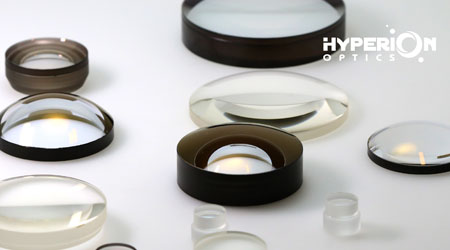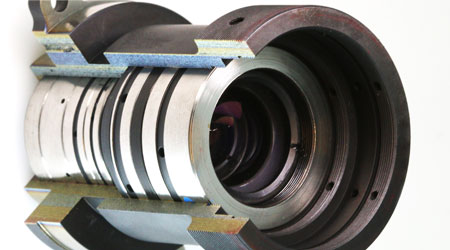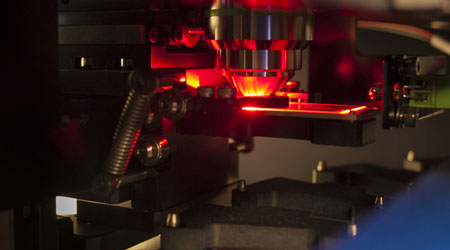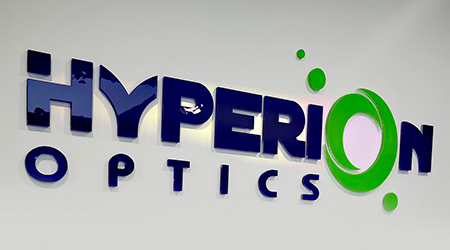Optical glass substrates of optical filters mainly include absorption glass, such as JB510, CB535, HB850, colorless optical glass K9, float glass, B270, fused quartz, etc.
Geometric dimensions and thickness: Considering the special application environment of customers and the need of mechanical layout in the system, the geometric size and thickness of optical filters should be specified, and the appropriate tolerance range should be given.
Characteristic: Different types of substrate materials have specific components and different physical or chemical properties. For example, temperature resistance, acid and alkali resistance, whether it has spontaneous fluorescence effect, expansion characteristics and stress characteristics, please select the appropriate substrate according to the use. The surface quality of the filter varies with the substrate.
 Call us on:
Call us on:  Email us:
Email us:  R&D Center: 9B-4F 401,No.1 Qingnian Road Liando U Valley,Yuhua International Wisdom Valley, Nanjing, 210039 China
R&D Center: 9B-4F 401,No.1 Qingnian Road Liando U Valley,Yuhua International Wisdom Valley, Nanjing, 210039 China









 English
English  cn
cn  de
de  es
es  fr
fr 


